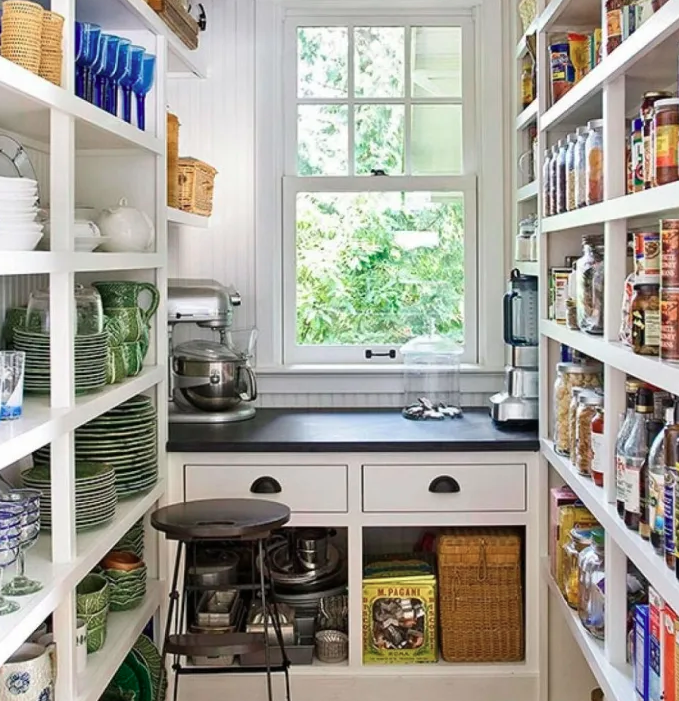The Essential Guide to Sculleries: A Culinary Haven

In the world of home design, a scullery is a sought-after feature that brings both practicality and elegance to a kitchen space. Traditionally known as a small room adjacent to the kitchen, the scullery serves as a dedicated area for food preparation, dishwashing, and additional storage. Here, we explore the history, functions, and modern-day appeal of sculleries.
A Brief History of Sculleries
The term “scullery” originates from the late Middle Ages, coming from the Old French word “esculerie,” which refers to a room for washing dishes and utensils. In larger homes, especially during the Victorian and Edwardian eras, sculleries became essential for managing the demands of a bustling household, allowing staff to keep the kitchen tidy and organized.
Functions of a Scullery
- Food Preparation: The scullery provides a separate workspace for chopping, mixing, and prepping ingredients, allowing the main kitchen to remain organized and clutter-free.
- Dishwashing Area: With modern appliances, a scullery often houses a second sink or dishwasher, making it easier to manage post-meal cleanup without compromising the aesthetics of the main kitchen.
- Storage: Sculleries can include additional cabinets and shelving for storing spices, cookware, and pantry items. This space helps alleviate overcrowding in the kitchen.
- Laundry and Utility: In some homes, a scullery doubles as a laundry area or utility space, containing laundry machines and other cleaning supplies.
Modern Appeal
In today’s open-concept homes, a scullery is often viewed as a luxury, elevating the kitchen experience. Here are some reasons why sculleries are gaining popularity:
– Increased Functionality: A scullery streamlines kitchen tasks, making cooking and entertaining more enjoyable.
– Design Flexibility: Homeowners can customize sculleries to match their style, whether it’s a sleek modern design or a rustic charm.
– Enhanced Social Spaces: By keeping the main kitchen tidy, sculleries create inviting spaces for gatherings, ensuring that the focus remains on socializing rather than chores.
Tips for Designing a Scullery
– Choose the Right Location: Ideally, a scullery should be adjacent to the kitchen for easy access but hidden enough to maintain the elegance of the dining area.
– Keep It Compact: While sculleries can be spacious, a smaller, well-organized scullery can be just as effective, maximizing efficiency without overwhelming the space.
– Incorporate Adequate Lighting: Good lighting is crucial for practical tasks like food prep and cleaning. Consider a mix of natural light and task lighting.
– Invest in Quality Fixtures: Durable materials and high-quality appliances not only enhance the functionality but also contribute to the longevity of your scullery.
A scullery is more than just another space, it’s an essential element in creating a functional and stylish home. Whether you are building a new kitchen or renovating an existing one, consider incorporating a scullery to elevate your culinary experience. It’s a perfect blend of practicality and style, one that can transform the way you cook and entertain.